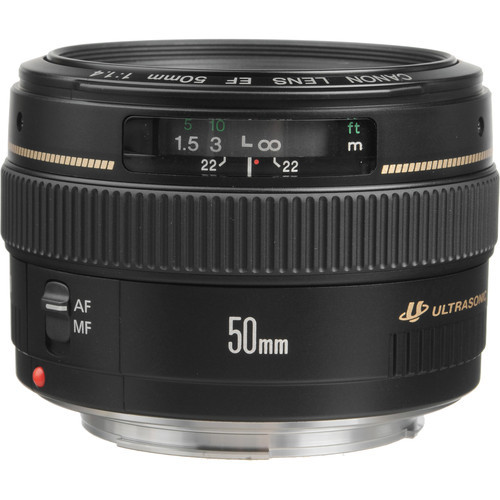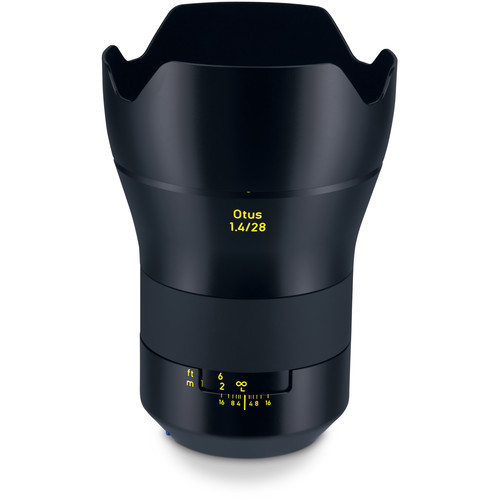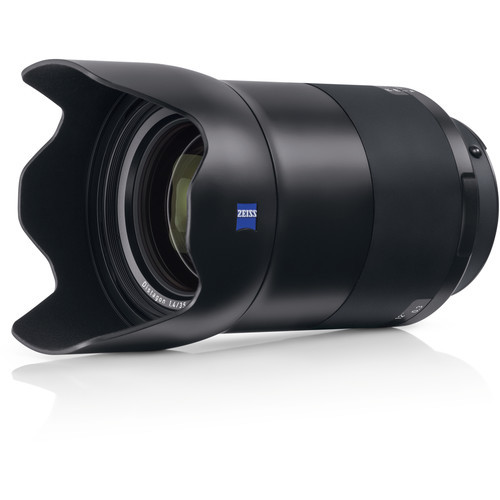More than a standard lens
This focal length is the ideal tool for imaging real-life situations - whether it is the hustle and bustle of a busy road, the intimacy of a portrait or the wonders of nature. It is always in quest of those real and unadulterated perspectives. The ZEISS Milvus 1.4/50 is a versatile focal length that meets even the highest standards.
The redesigned ZEISS Milvus 1.4/50 corresponds to the perspective of the human eye on full-frame cameras and can therefore be used for many different purposes. In other words, it is a lens of many talents. Realistic imaging of three-dimensional objects is guaranteed at all times. Despite its high speed, the advanced ZEISS Distagon optical design ensures outstanding imagery across the entire image field - even at full aperture.
Excellent imagery, even in difficult light conditions
All lenses features a T antireflective coating from ZEISS. Outstanding stray light reduction is achieved by combining a number of optimally matched measures. In addition to the ZEISS T coating, all lens edges are provided with a special pitch-black lacquer in a complex manual process. Light traps in mechanical components and specially designed surfaces are integrated to prevent the occurrence of reflections. Each focal length has its own individual optical design with the use of special types of glass displaying anomalous partial dispersion. This reduces the occurrence of color fringes at high-contrast edges of subjects to an absolute minimum.
Future-proof solution for high-resolution camera systems
The excellent image performance of the ZEISS Milvus Lenses is sharply focused on the requirements of current and future high-performance digital cameras. Thanks to the low level of stray light allowed by the lens design, high-contrast images are also possible with increasing high dynamic ranges of the sensors (HDR). The minimization of coma, astigmatism and spherical aberrations enables constantly high resolution over the entire image field. The optics are designed to ensure full utilization of the performance provided by high-resolution camera systems. Regardless of what the future holds - with the Milvus Lenses from ZEISS you are optimally equipped any time, any place.
Creative still and video photography through precise, manual focusing
Manually focusing a lens means controlling and therefore actively composing an image gently and precisely from your fingertips. Here, a good ergonomic design makes all the difference. ZEISS Milvus Lenses feature a large rotation angle which enables pinpoint focusing. The top-quality focusing mechanism moves smoothly without backlash, optimally supporting the photographer's creative interplay with the focal plane of high-speed fixed focal lengths. Changes are immediately visible in the viewfinder or display. The engraving in meters and feet and the focus scale provide additional support for manual focusing. The silent, continuous aperture setting and the long focusing range lay optimal conditions for video photography.
Long-lasting product with protection against environmental influences
An optimized ergonomic design enables fatigue-free photography and reduces camera shake. The all-metal housing makes every adjustment a haptic experience. The dynamic, precise barrel design sets new trends in the world of camera lenses. However, the ZEISS Milvus Lenses will impress you not only due to their visual and haptic excellence, but also thanks to their inner qualities. Special seals for protection against dust and splashes expand the photographer's creative potential by guaranteeing the system's functional reliability even in environmentally difficult situations.
Stable image performance over the entire focusing range
State-of-the-art camera systems and high-resolution digital image sensors are now demanding more and more performance from the lenses. The Floating Elements Design permits constantly high image performance in the focal plane - from the minimum object distance to infinity. This is accomplished by changing the axial distance between individual lens elements or element groups. The adjustment of the element spacing is coupled to the distance setting so that it always results in the right correction. The mechanical design of the ZEISS Milvus Lenses is highly complex and the workmanship must be extremely exact - both specialties of ZEISS.
Lens Design
Originally developed for SLR cameras requiring a long back focal distance for short focal lengths because of the mirror box (the distance between the back lens element and the film plane must be considerably longer than the focal length), the Distagon lenses (retrofocus design) are also ideal for mirrorless system cameras thanks to their optimized ray path. Even with longer focal lengths, the high-performance Distagon optical design enables consistently good correction all the way to the corners of the image and very low field curvature.











